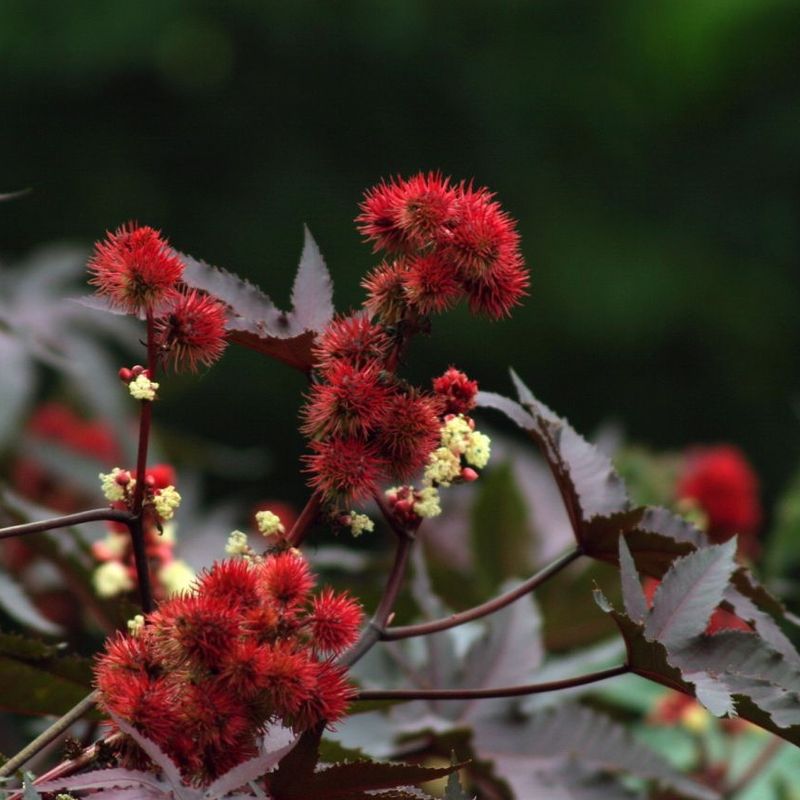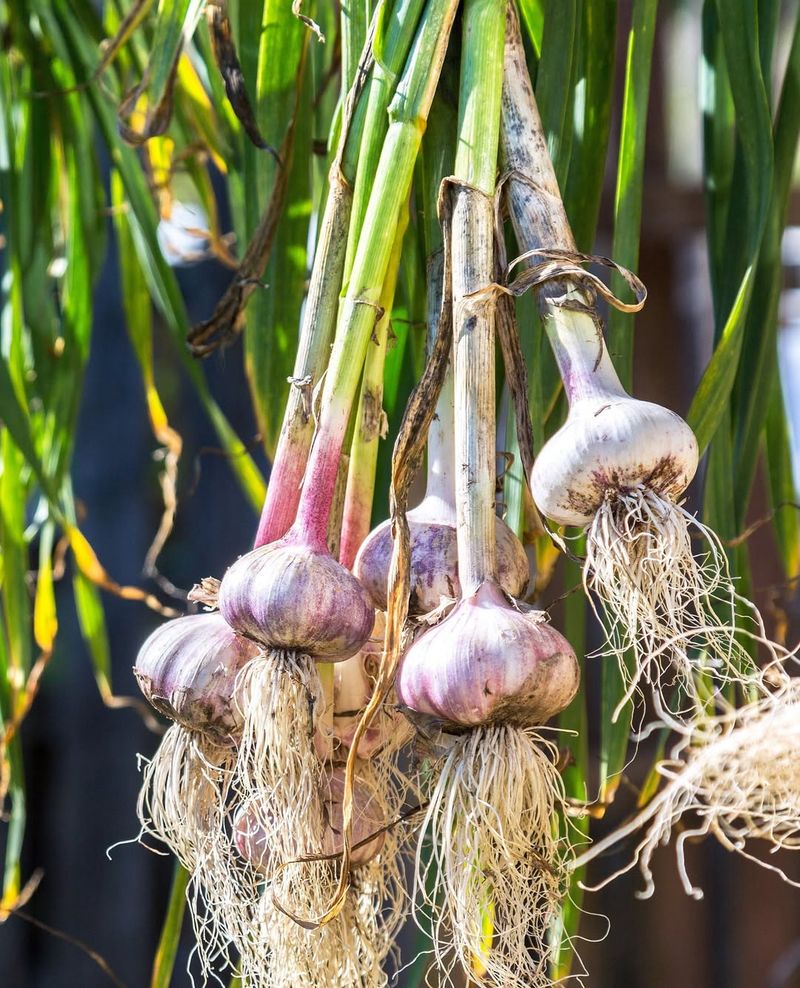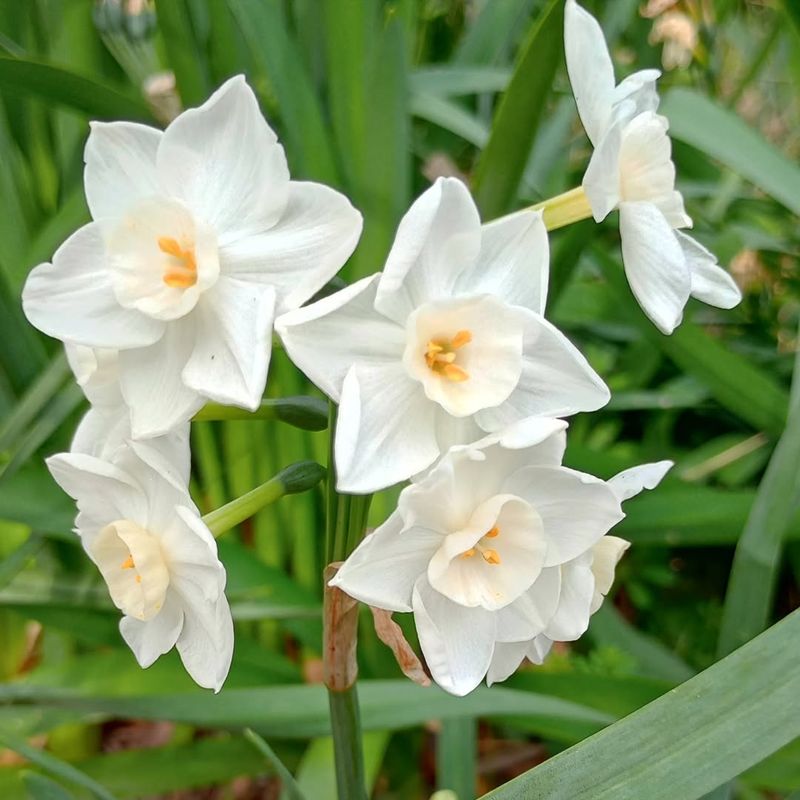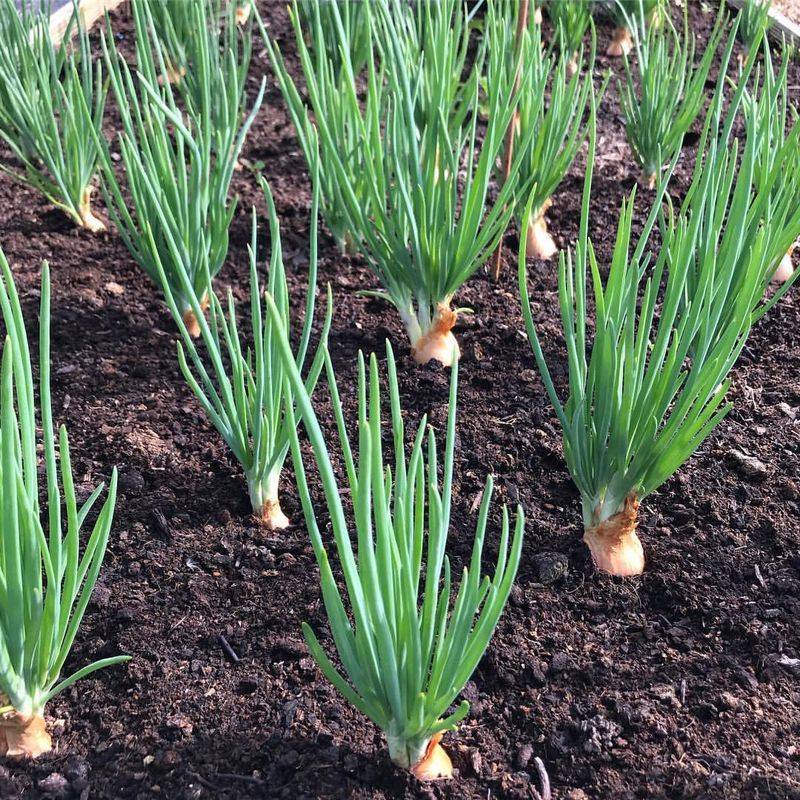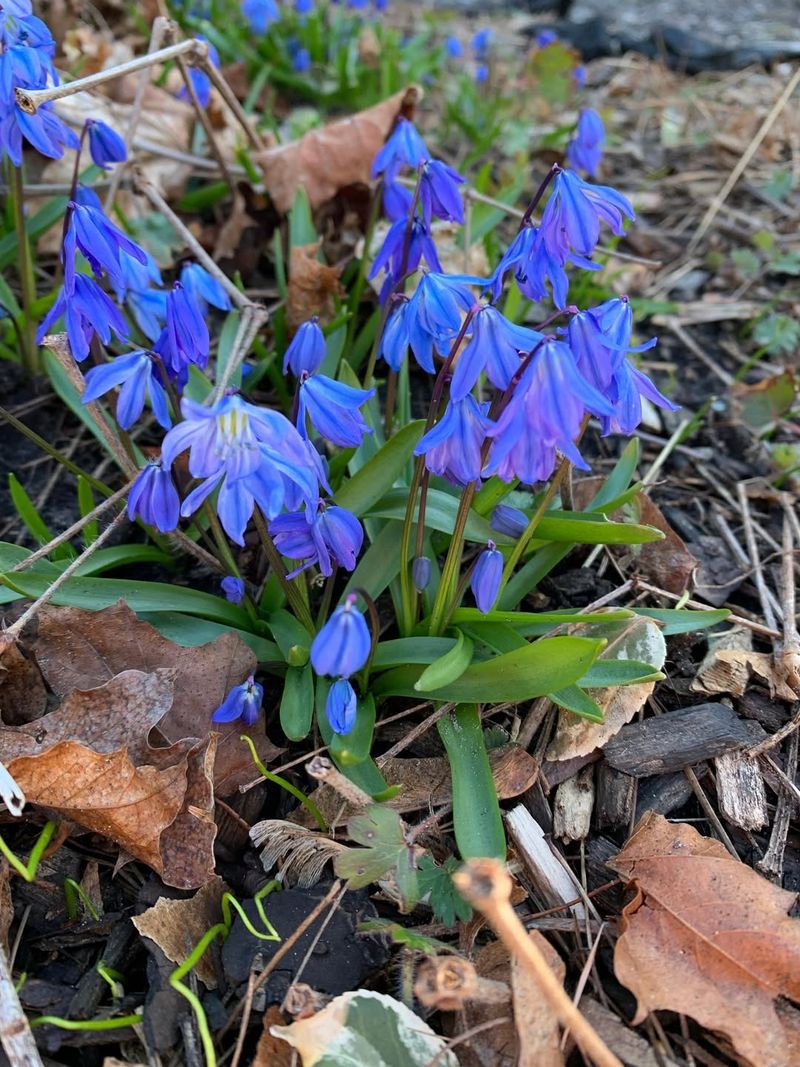Ohio gardeners know that moles can turn a smooth lawn into a bumpy mess in just a few days. A few plants offer just enough discouragement to push them elsewhere.
It doesn’t take much to shift their patterns. These plant choices help keep lawns from becoming a maze of tunnels.
1. Daffodils
Bright yellow blooms aren’t just pretty to look at each spring—they actually help keep moles away from your garden beds. Daffodil bulbs contain toxic compounds that moles find extremely unpleasant, so they’ll avoid digging near them.
Many Ohio gardeners plant these cheerful flowers along borders and pathways to create natural barriers. They’re hardy, come back year after year, and require very little maintenance once established in your soil.
2. Crown Imperial
With its dramatic orange or yellow bell-shaped flowers, crown imperial stands tall in any garden. The bulbs give off a skunky odor that humans might not notice much, but moles absolutely hate it and will tunnel elsewhere.
Ohioans appreciate this plant’s dual purpose—adding height and color to spring landscapes while keeping underground pests at bay. Plant them in clusters for maximum effect, and enjoy their unique, eye-catching appearance throughout the growing season.
3. Marigolds
These cheerful annuals are garden workhorses that serve multiple purposes beyond their sunny appearance. Marigolds produce a pungent scent from their roots and foliage that moles find offensive, encouraging them to dig their tunnels somewhere else entirely.
Ohio gardeners love how easy marigolds are to grow from seed or transplants. They bloom all summer long, require minimal care, and can be planted around vegetable gardens to provide extra protection from various pests.
4. Castor Bean Plant
Castor bean plants are known for their large, tropical-looking leaves and impressive height. The roots release compounds that moles find extremely disagreeable, making them highly effective natural deterrents for Ohio yards.
However, it’s important to note these plants contain toxic substances, so families with curious pets or young children should exercise caution. When planted strategically along property edges, they create effective boundaries that discourage moles from entering your lawn areas at all.
5. Alliums
These ornamental relatives of onions and garlic produce stunning purple or white spherical blooms atop tall stems. Their strong sulfur-based scent, released from both foliage and bulbs, naturally repels moles who prefer less pungent environments for their underground travels.
Ohio homeowners find alliums particularly useful because they’re low-maintenance perennials that return reliably each year. They also attract pollinators like bees and butterflies, adding both beauty and ecological value to your landscape while protecting it from tunneling pests.
6. Fritillaria
Fritillaria bulbs have earned a reputation among Ohio gardeners as one of the most reliable mole deterrents available. The bulbs emit a musky, fox-like odor that moles instinctively avoid, believing a predator might be nearby.
These spring-blooming plants feature unusual checkered or striped bell-shaped flowers in shades of purple, yellow, or white. They prefer well-drained soil and partial shade, making them perfect for planting under trees or along shaded garden borders where moles often create their networks.
7. Garlic
Beyond its culinary uses, garlic serves as an excellent natural mole repellent in Ohio gardens. The strong sulfur compounds released by garlic roots and cloves create an underground environment that moles find unbearable and will actively avoid.
Planting garlic around garden perimeters or between vegetable rows provides dual benefits—fresh garlic for your kitchen and protection from burrowing pests. It’s easy to grow, thrives in Ohio’s climate, and can be harvested in early summer for delicious homegrown flavor.
8. Euphorbia Lathyris
Commonly called mole plant or gopher spurge, this biennial herb has been used for generations to discourage tunneling pests. The plant’s milky sap contains irritating compounds that moles dislike, causing them to redirect their digging activities elsewhere.
Ohio gardeners appreciate its tall, architectural appearance with blue-green foliage and chartreuse flowers. It readily self-seeds, creating natural colonies that expand your mole-free zone over time. Just remember the sap can irritate skin, so wear gloves when handling.
9. Narcissus
Narcissus bulbs, close cousins to daffodils, contain similar alkaloids that make them unappealing to moles. Their strong scent and toxic properties create underground zones that moles prefer to avoid completely.
These spring bloomers come in countless varieties, offering Ohio gardeners plenty of options for color, height, and bloom time. They naturalize easily, spreading over years to create larger protective zones. Plant them in drifts throughout your lawn for both aesthetic beauty and effective pest management that returns every spring.
10. Shallots
Similar to their garlic and onion relatives, shallots release sulfur compounds through their root systems that moles find extremely offensive. Planting them creates underground barriers that encourage moles to tunnel in different directions away from your prized lawn areas.
Many Ohio gardeners incorporate shallots into their vegetable gardens for this exact reason. They’re relatively easy to grow, store well after harvest, and provide mild, sweet flavor for cooking. Their pest-repelling properties make them a practical and delicious addition to any yard.
11. Siberian Squill
These charming little blue flowers are among the earliest spring bloomers in Ohio, often pushing through snow to announce warmer days ahead. Their bulbs contain compounds that discourage moles from digging nearby, providing natural protection for your lawn.
Siberian squill spreads easily over time, creating carpets of brilliant blue that brighten shady areas under trees. They’re incredibly hardy, require no maintenance once established, and work quietly beneath the soil to keep moles away while delighting your eyes above ground each spring.





